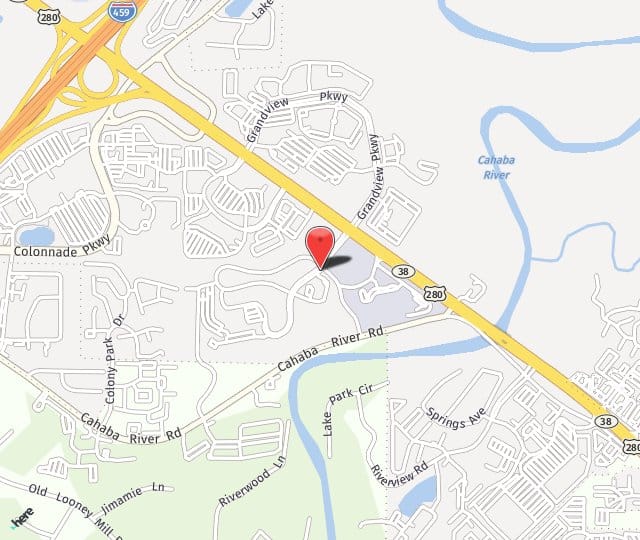
That’s when Dr. Smith may suggest another option —convergent therapy. Convergent therapy involves Dr. Smith working in tandem with a cardiac surgeon in this minimally invasive treatment option for stubborn Afib cases.
What is convergent therapy?
Convergent therapy is an endoscopic procedure where ablation is used to create scar lines on the heart, both on the outside and on the inside. These scar lines work to divert the abnormal electrical impulses in the heart that are causing the arrhythmia, returning the heart to normal rhythm.
What are the benefits of convergent therapy?
For patients with long-standing arrhythmia that hasn’t responded to medication and catheter ablation, convergent therapy presents many advantages:
- Combination of outer and inner ablation of heart tissue
- Closed chest procedure
- No need to deflate the lungs
- Minimally invasive
- Entry is made through an endoscopic incision in diaphragm
- Heart continues to beat normally during the procedure
- Easier recovery with less pain
- Lowers long-term cost of care by ending the pattern of ongoing arrhythmia treatment
- Can be performed at a single facility
How is convergent therapy done?
The cardiac surgical team performs the first part of these treatments. The surgeon creates a tiny incision in the patient’s abdomen and inserts an endoscope and an epicardial ablation device. Using the endoscope for visuals, the surgeon guides the ablation device up to the heart. The ablation device uses RF energy to create an area of ablated tissue on the back wall of the left atrium. This is done from the outside with the heart beating normally. The endoscope and ablation device are then withdrawn and the incision is closed.
Now it’s Dr. Smith’s turn. He threads a catheter up through the artery in the patient’s groin to the patient’s heart, using x-ray guidance. Once the catheter reaches the heart, the catheter tip delivers RF heat energy to the inside of the heart. This ablation fills in any remaining gaps in the outer ablation, eliminating all of the abnormal electrical impulses. Tests then check that the heart is in normal rhythm and the catheter is withdrawn. This completes the procedure.
Convergent therapy has success rates of 75-80 percent, which is dramatically higher than former methods of treating long-term Afib.
If you have long-term Afib, let’s see if convergent therapy could be right for you. Call Dr. Smith at (205) 510-5000 to schedule an appointment.

